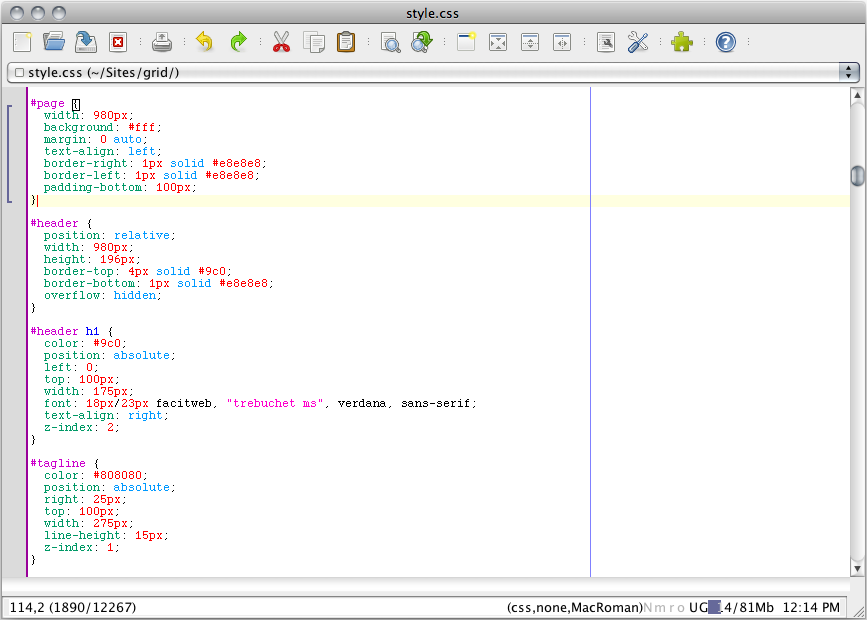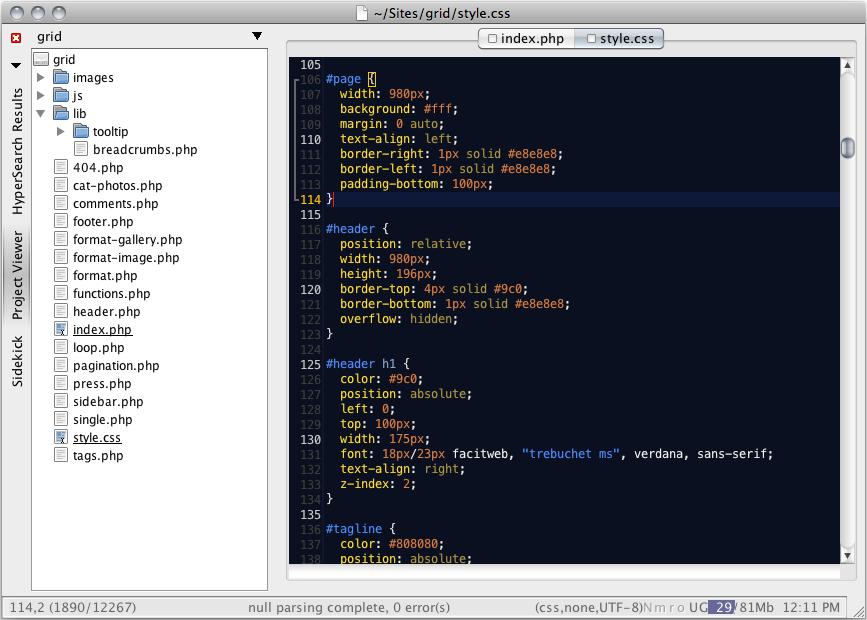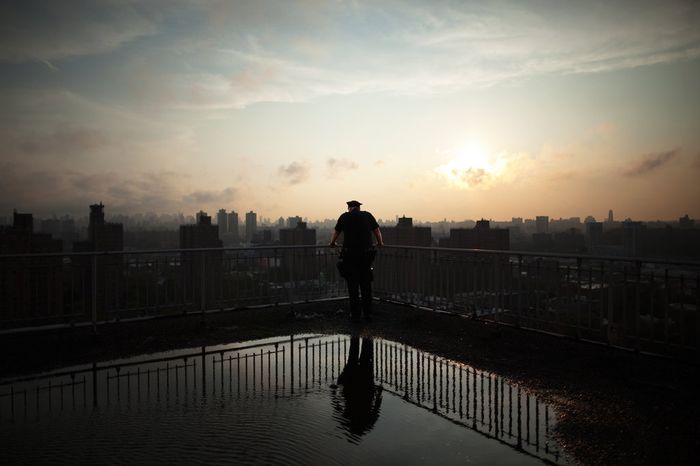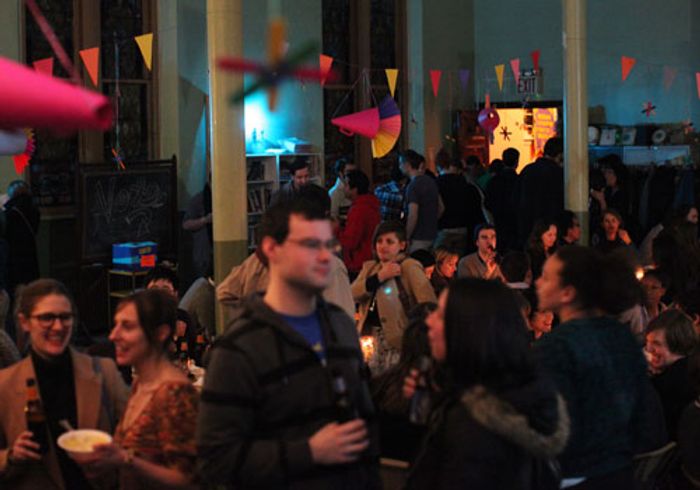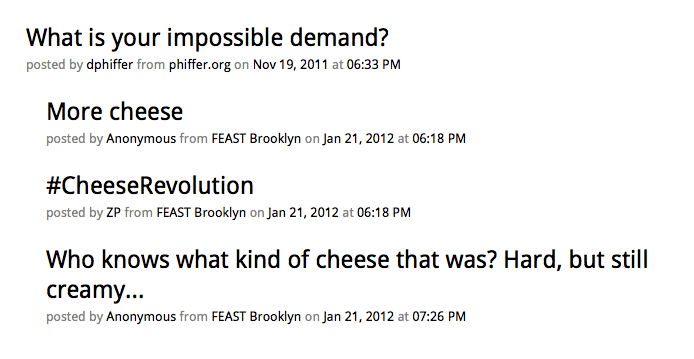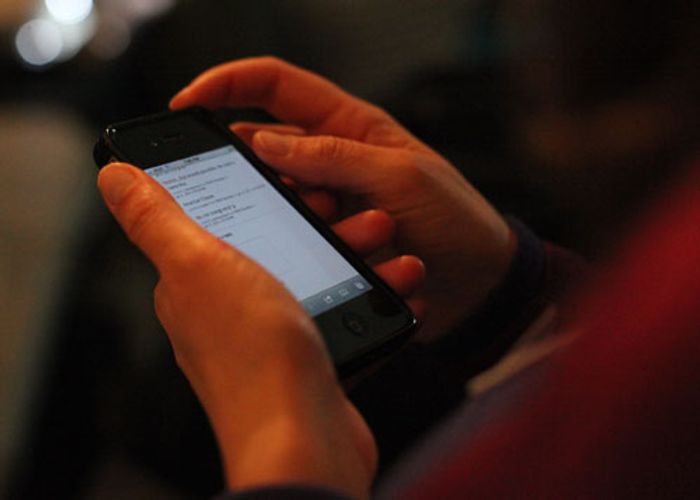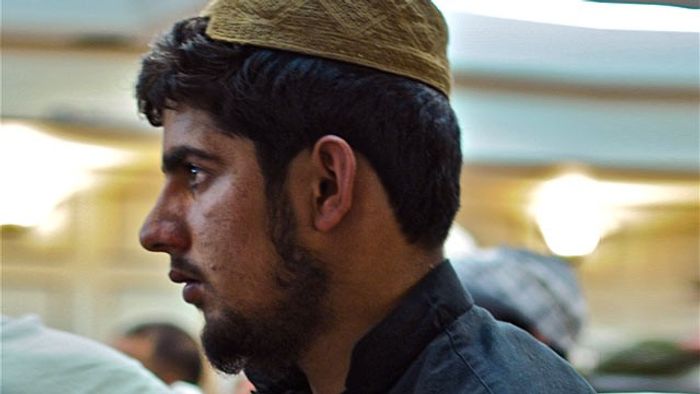From yesterday’s New York Times article, “Wasting Time Is New Divide in Digital Era”:
“Despite the educational potential of computers, the reality is that their use for education or meaningful content creation is minuscule compared to their use for pure entertainment,” said Vicky Rideout, author of the decade-long Kaiser study. “Instead of closing the achievement gap, they’re widening the time-wasting gap.”
Policy makers and researchers say the challenges are heightened for parents and children with fewer resources—the very people who were supposed to be helped by closing the digital divide.
The same day Matt Mullenweg posted this video to his blog. It’s a presentation about the social implications of constantly using one’s iPhone, given at a country club.
Digital literacy and attention quality are certainly important across the socioeconomic spectrum, but I do think that it’s legitimate for public policy to focus on the needs of lower income people. More from the Times article:
The new divide is such a cause of concern for the Federal Communications Commission that it is considering a proposal to spend $200 million to create a digital literacy corps. This group of hundreds, even thousands, of trainers would fan out to schools and libraries to teach productive uses of computers for parents, students and job seekers.
Separately, the commission will help send digital literacy trainers this fall to organizations like the Boys and Girls Club, the League of United Latin American Citizens, and the National Association for the Advancement of Colored People. Some of the financial support for this program, part of a broader initiative called Connect2Compete, comes from private companies like Best Buy and Microsoft.
Let me preface this by saying that I have much respect for Microsoft’s danah boyd, who is quoted in the article. But the idea of Best Buy and Microsoft funding a national digital literacy program sounds to me like McDonald’s funding a new school lunch program. “Connect2Compete” sounds like a great name for some dystopian parody of corporate-training-mill style technology education.
Don’t get me wrong, I fully support these kinds of initiatives. I just think we need more independent efforts, for example Jonathan Baldwin’s Tidepools. As part of his thesis project at Parsons, Baldwin set up free community wifi for primarily lower income residents of Brooklyn’s Red Hook. The community mapping application he created uses the visual language of gaming to do things like improve civic infrastructure and map out the locations of NYPD stop-and-frisks.
It’s impressive work, and I’m happy to hear he’ll be developing it further under the New America Foundation. And it’s given me a lot of ideas about how I should proceed with Occupy.here.
